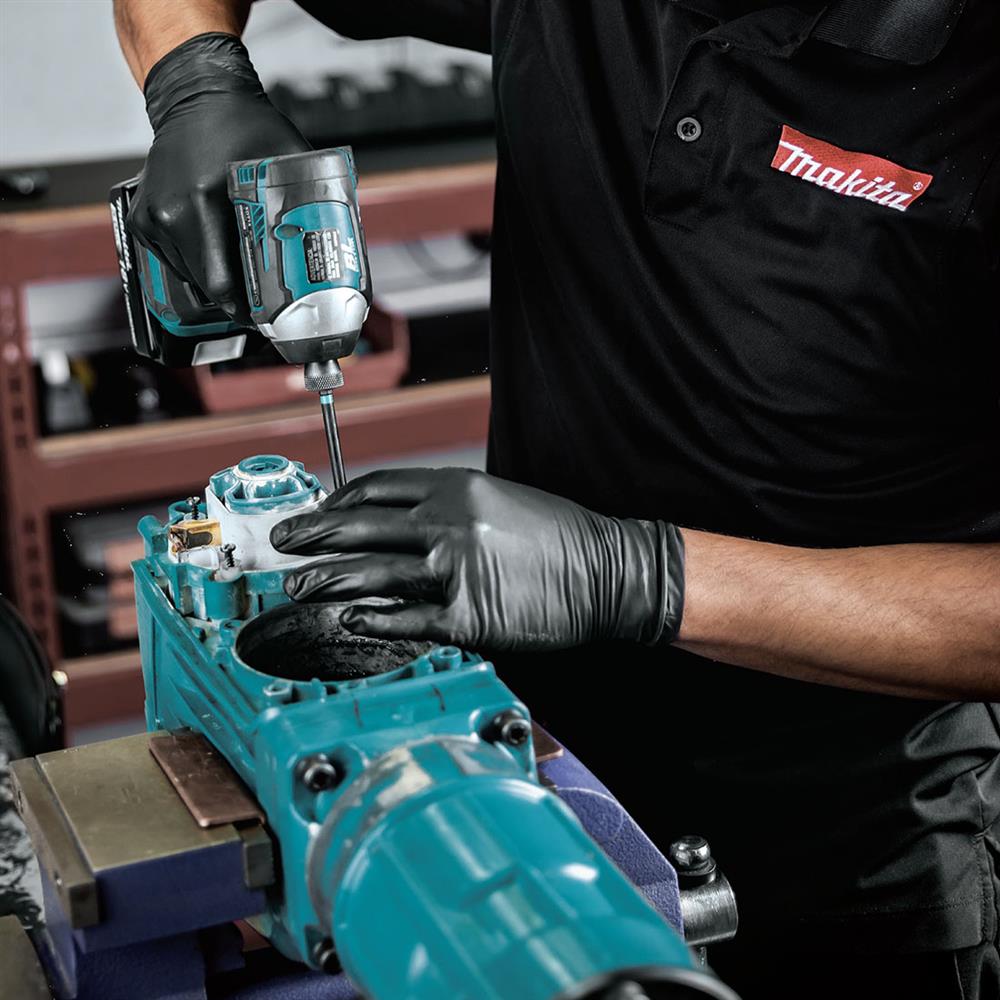
5 Common Problems in Your Power Tool Performance
We all love our power tools, but when you put the strain on them that is common in manufacturing you’ll inevitably have some problems. This guide will help you diagnose what is wrong with your power tools and give you a few quick fixes to get you back to work.
It wont turn on
What do I do if my power tool won’t turn on? If your tools won’t start, it could be electrical problems including a short or part malfunction.
- Start by checking the power switch to make sure there is no damage. Both heat and water can cause damage and result in a dead tool. To test the voltage on your tool, use a multi-meter to check if power is moving through each part of the tool. This may help you find the bad piece.
- Next, check brushes and springs. Dust and dirt will accumulate over time within a tool and can prevent a tool from working. Brush channels— enclosures consisting of brushes and springs located at the end of a motor where electricity is routed—can become worn and shorten over time. Check your brushes for wear and replace them accordingly.
- A bad power cord will stop a tool in its tracks and is a visible issue that can be replaced. A loose cord, kinks, tears, or cuts can stop the flow of electricity to the power switch, rendering your tool useless.
Low power level
What do I do when my tool starts, but the power level is weak? So your tool starts but the power level is so weak that it would be faster to do it by hand (which nobody wants). When your power tools lose that top-end performance (and it’s not just a low battery), the most likely cause are old, worn, carbon brushes that need replacing. The carbon brushes function by transferring the electrical current to the tool’s motor. These will eventually wear out. If your tool is losing power and doesn’t have the speed or strength it should, it could be an indicator that it is time to replace these parts.
- Similar to a tool that won’t start, check your carbon brushes for any heavy wear or signs of damage.
- If you have clear brushes, there may be damage to your tool’s commutator or the rest of the assembly. Discoloration, buildup, and melted insulation are signs that the commutator is the cause.
With Martin’s Tool Analysis Program, our team can survey the tools in your facility and find ways to improve workflow and efficiency.
Burning smell
My power tool smells like something is burning, what do I do? We all know the smell of a burning motor, and the cringe it causes knowing that something is wrong. Everything is still spinning but the tool is no longer working, and it just stinks.
- It can be difficult to diagnose the smell depending on the age, type, and design of your power tool. If your tool has a drive belt—like a sander or a planer—that is the first place to check.
- If the drive belt breaks you will get a distinctive burning smell, and your tool will stop working even though the motor is going.
- For other tools, such as power saws, check if the capacitors need replacing.
- Some tools do overheat, so don’t immediately panic if you smell something. Motors generate a lot of heat when in use, so if the tool has been running too long or too hard, the tool can overheat and cause a burning smell. If you do smell something, immediately turn off any power tool that is emitting a burning smell and let it sit for about 30 minutes before attempting to diagnose the problem.
High-pitched noise
My power tool is making an abnormal high-pitched noise, how can I fix it? Using power tools can be pretty loud. But there is a difference between normal activity and high-pitched screeching noise. That goes above and beyond the loud hum of your electric hammer drill and could be a sign of trouble.
- If your tool starts making unusual noises, make sure that it is properly lubricated. Check the manufacturer’s specifications for maintaining your tool to determine what the proper method is.
- Another easy check for a squealing tool is to look at the gears. If your tool has a forward and reverse control (as most power drills do), your gear switch may get stuck between gears. Gently move the switch back and forth to re-engage the gears and try slowly running the drill again.
Smoke and fire
I turned on my power tool and it’s emitting smoke or fire… help! If your power tool begins to emit smoke or sparks, turn it off immediately. You should never continue using power tools that are smoking or sparking as they could cause serious damage to you or itself. Set your tool aside, allow it to cool down, then take a look and try to diagnose or fix an issue.
- Once the tool has cooled, check to see if any dust or debris has gotten into the tool. Particles that frequently fly through the air in heavy work areas can get into your tool’s vent and cause that sparking or smoking.
- If your tool is free of burning debris, you may need to take apart the tool’s casing and check for heat damage.
If your these common tips don’t fix your issues, or if you’re still unsure of the best course of action, contact Martin today. We have an extensive line of power tools that will do the job!
